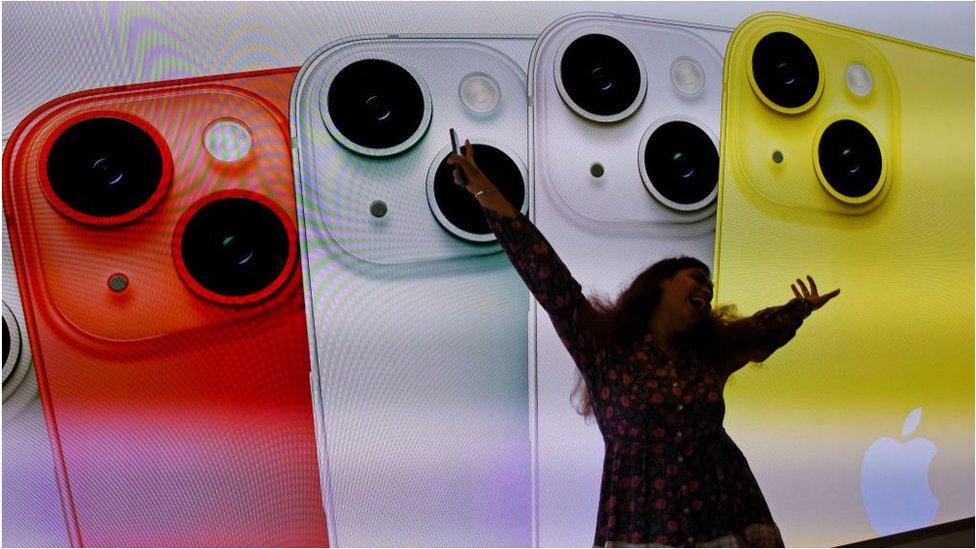iPhone 15: Apple forced to ditch lightning charger
- Published

The iPhone 15 has been given a brighter screen and improved camera system
Apple has confirmed its new iPhone will not feature its proprietary lightning charging port, after the EU forced the change.
The tech giant said that the iPhone 15, unveiled at its annual event on Tuesday, would use a USB-C cable as the "universally accepted standard".
A new Apple Watch series was also unveiled with a more advanced chip.
But one analyst said a lack of "headline-grabbing" updates from Apple this year would disappoint some.
"It isn't a surprise given the maturity of the iPhone and Watch," said Ben Wood from CCS Insight.
"It reflects just how refined the iPhone and Watch devices are and how tough it has become to deliver truly disruptive updates every year."
Apple released a USB-C-to-lightning port adapter for £29 ($36). The product connects the lightning port accessories people will have built up over the years to its new USB-C-enabled iPhones or iPads.
The latest iPhone handset, which goes on sale next week, is the first since 2012 to feature an alternative charging port.
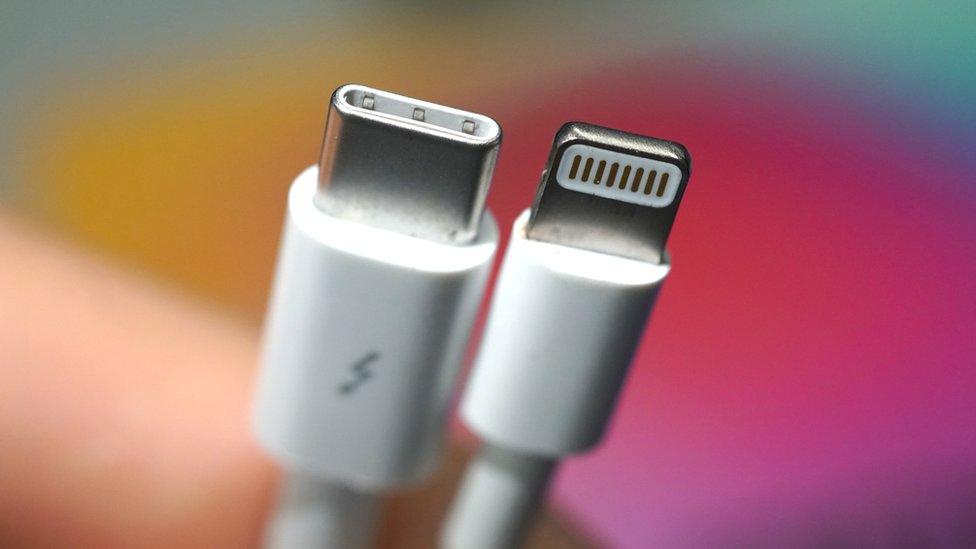
Some Apple devices - such as the iPad Pro and Mac laptops - use USB-C (left) while the iPhone uses Lightning (right)
The firm said the USB-C cable - which already works with many Apple laptops and iPads - will also work on new versions of its AirPods Pro earphones and wired EarPods headphones.
The EU had told the tech giant to ditch its proprietary charging ports to make life easier for consumers, save them money, and help reduce e-waste by encouraging re-use of chargers.
However, some warn the move will lead to a rise in discarded cables in the years to come.
Perhaps in response, Apple used its launch event on Tuesday to make a series of environmental pledges about its new devices, including making the new Apple Watch range carbon neutral for the first time.
It will also increase the amount of recycled materials being used in batteries and other parts of the new Watch and iPhone.
The company also confirmed it would no longer use leather in any of its accessories and pledged to become carbon neutral as a business by 2030.
Apple boss Tim Cook said the new iPhone 15 range included the "best and most capable iPhones we've ever made".
The iPhone 15 and 15 Plus have been given brighter screens and improved camera systems, while the high-end iPhone 15 Pro and Pro Max now come with a titanium frame, meant to improve its strength.
The Pro and Max also have an "action button" in place of the mute switch that can be customised for a variety of functions.
The new Apple Watch will feature gesture control - double tapping two fingers together on the same hand where the device is worn enables wearers to answer or end a call.
But some experts questioned whether consumers would be prepared to pay the high price tags for the devices given that they are not hugely different to their predecessors.
How much is the new iPhone?
The iPhone 15 starts at £799 and the iPhone 15 Pro starts at £999 in the UK.
"Convincing users to fork out for these new devices will not be easy during a cost-of-living crisis," said Paolo Pescatore, analyst and founder of PP Foresight. "Some will see the new features as incremental, [although] collectively they enhance the overall experience which is priceless among Apple's core user base."
Apple's shares were down slightly on Tuesday, failing to reverse a sharp drop last week sparked by reports that the Chinese government had banned officials from using iPhones.
Huawei's release of a new smartphone series in China had fuelled the investor unease.
The global smartphone market has slumped from shipping 294.5 million total phones to 268 million in the second quarter of 2023.
But Apple's shipments fell the least of any major smartphone maker, dropping from 46.5 million phones to 45.3 million, according to analysts Counterpoint Research.
- Published12 September 2023
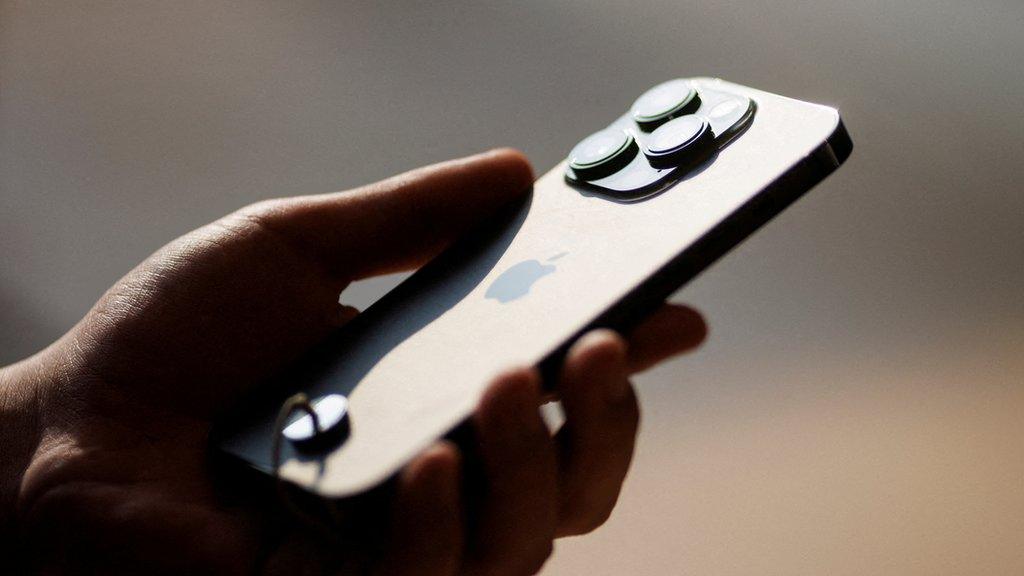
- Published4 September 2023

- Published17 July 2023
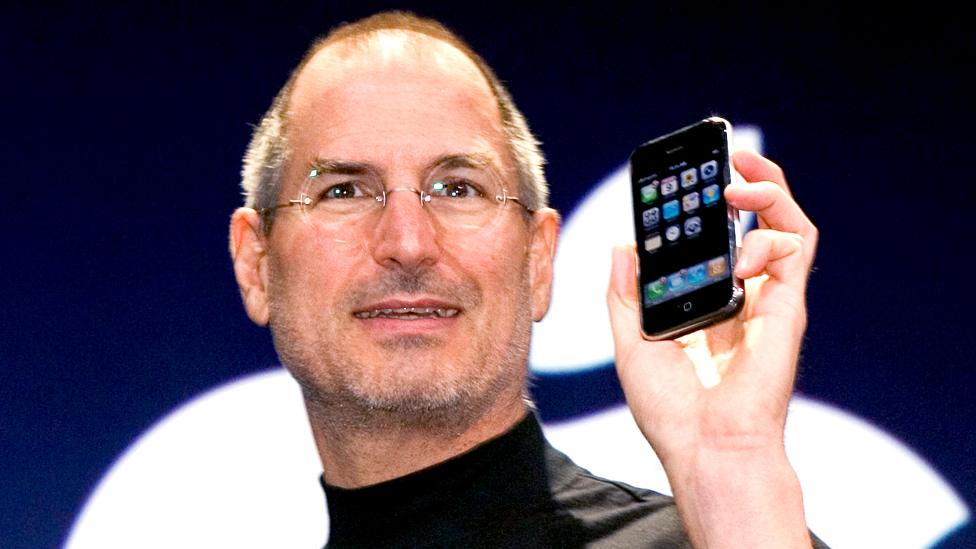
- Published7 June 2023
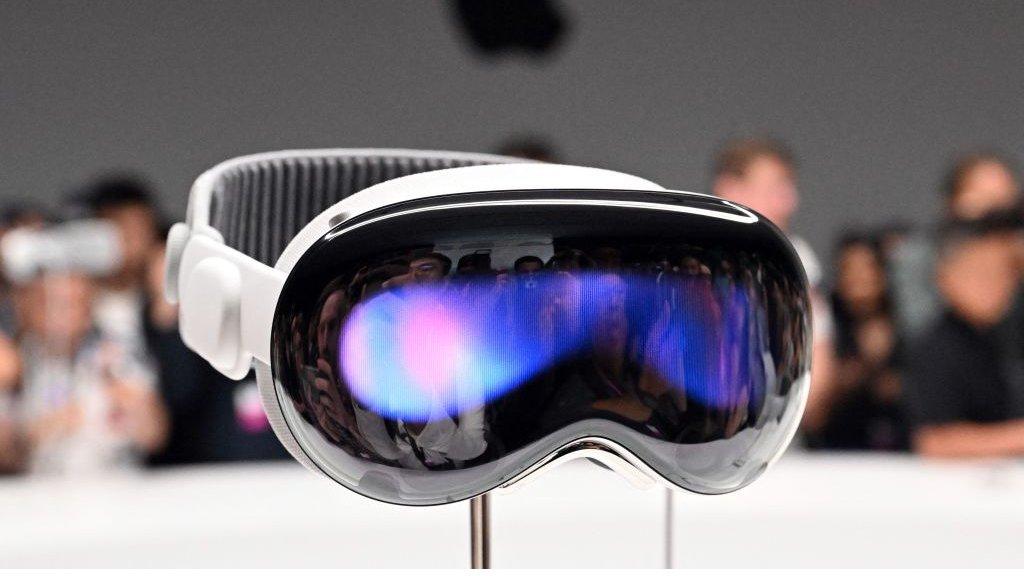
- Published4 May 2023
